local and imported fodder which is very suitable to be used as a source of animal food
Procurement of Plant-Originated Energy Sources of Feed
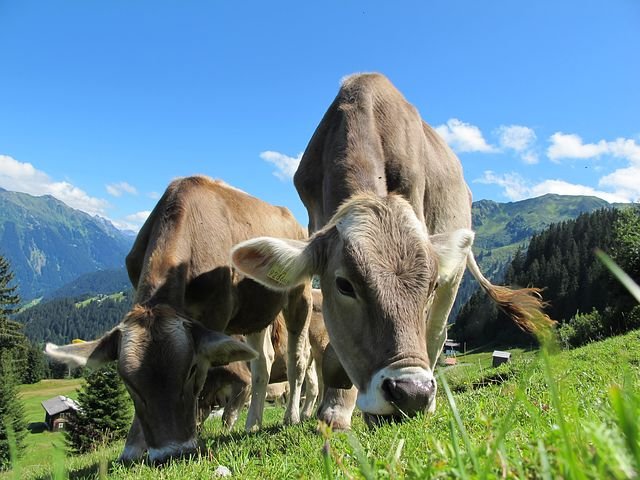
The main source of energy from plants is feed ingredients
grain shape. In addition, plant-derived energy source feed ingredients can also come from the by-products of the processing process grains. In this section, the energy source feed ingredients of plant origin will be grouped based on domestic local feed ingredients) and imported feed ingredients (overseas).
A.Local Feed Ingredients
Local feed ingredients source of energy (carbohydrates) origin
Plants available in Indonesia include corn, rice bran and rice bran. This section will explain in more detail the content of food substances and some important things that need to be considered in the use of these feed ingredients
Corn
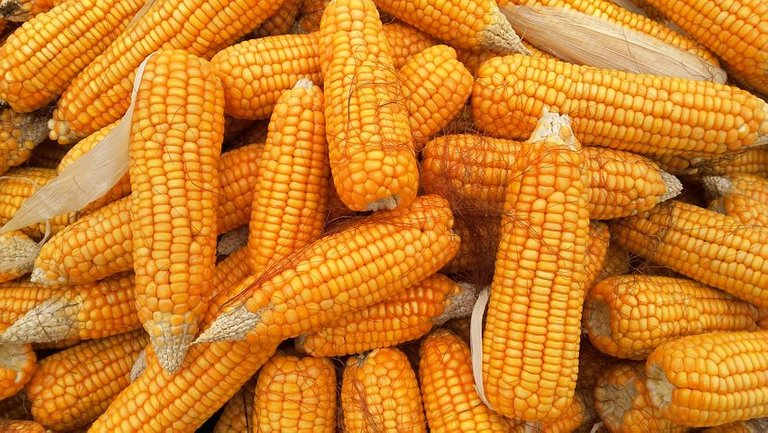
Corn is a grain feed ingredient which until now is most often used as a food source of energy, especially for poultry. Corn has a high metabolizable energy content (3,330 kcal/kg) so that it is used as a standard for comparison for other energy source feed ingredients.
In addition to having a high energy content, corn The yellow/orange mainly contains 5 ppm of anthopbis and 0.5 ppm of carotenes. These two pigments are very important for giving color to egg yolks and livestock meat. As for the weakness in The use of corn is its low crude protein content (only 8.5%). so that the use of corn in animal feed must be accompanied by a protein source feed.
Rice Bran and Rice bran

Rice bran and rice bran are feed ingredients the next energy after corn which includes local feed ingredients. Rice bran and rice bran are by-products of the process of milling rice into rice. The metabolized energy content of rice bran and rice bran were 1,900 and 2,750 kcal/kg, respectively. Things that need to be considered when compiling a feed formula using rice bran and rice bran are the presence of antinutrients trypsine inhibitor and acid. Trypsine inhibitor phytate can inhibit the protein digestion process, while the presence of phytic acid can reduce mineral availability. According to Widodo (2016), the use of rice bran and rice bran in broilers is recommended not to exceed 10%, while in layer chickens it can be given up to 40%.
Cassava tubers and cassava

Cassava tubers are a source of local feed ingredients that are widely grown in lowland areas in Indonesia. Cassava contains 82.77% non-nitrogen extract, which is mostly starch. Meanwhile, the crude protein content of cassava tubers ranges from 3-4.5%, so it is classified as an energy source feed ingredient.
Onggok is a by-product of processing cassava into tapioca flour. Processing one ton of cassava tubers will produce 250 kg of tapioca and 114 kg of onggok, so that onggok has the potential to be used as feed ingredients. The use of onggok for poultry feed is still very limited. This is due to its high crude fiber content and low protein content. In addition, cassava is also very perishable because it has a fairly high water content. Therefore, in its use as a feed ingredient, the cassava must be dried first.
B. Imported Feed Ingredients
Energy source feed ingredients (carbohydrates) of plant origin
which must be supplied by import include sorghum, wheat, barley and pollard. This section will explain in more detail the content of food substances and some important things that need to be considered in the use of these feed ingredients.
Sorghum
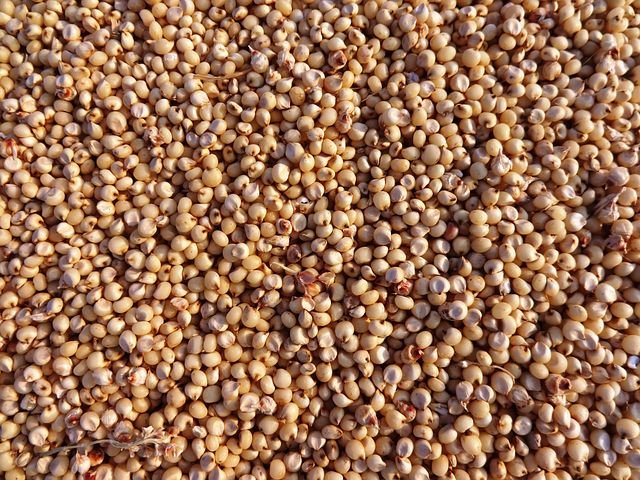
Sorghum is a feed ingredient that has
characteristics of the content of nutrients that are almost like corn. This makes sorghum a potential feed ingredient that can be used as a substitute for maize, especially when maize prices are high or when its availability is low. Sorghum
has a metabolized energy content of 3,250 kcal/kg.
Wheat
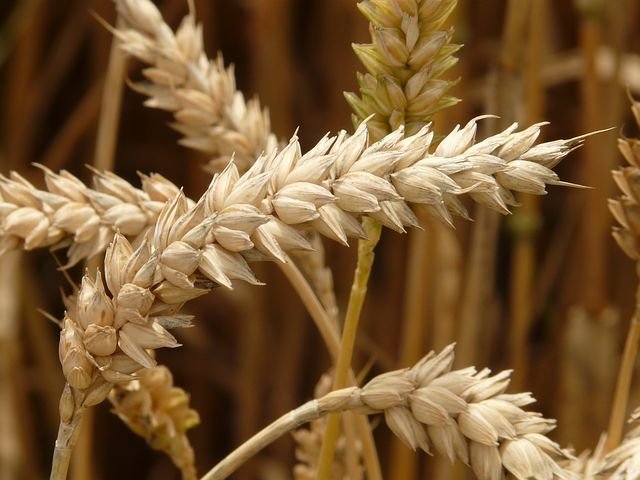
Wheat is another imported feed ingredient which also has a metabolizable energy content close to that of corn.The metabolizable energy content of wheat is of 3,150 kcal/kg. On the other hand, wheat has a higher crude protein content when compared to corn (13% vs 8.5%).
Things to note about the use of wheat as animal feed is the presence of non-starch polysaccharides (NSP) in the form of pentosan/arabinoxylan which is difficult to digest for poultry. When used in poultry feed, fine grinding should be avoided. This is because wheat flour has high stickiness/viscosity, so it can affect feed consumption.
Barley
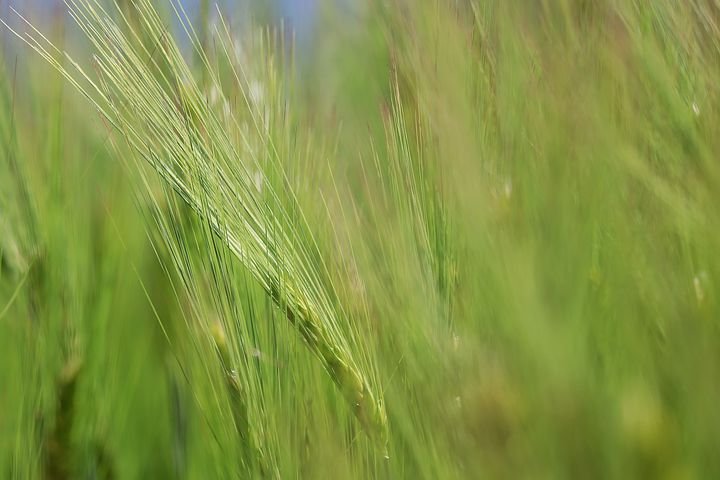
Barley is a single species grain crop with rice/wheat and one of the most widely used feed ingredients in
In sub-tropical areas, however, it is still rarely used in Indonesia. When compared with the previously mentioned grain-based energy source feed ingredients, barley's metabolized energy content is not very high, only 2,780 kcal/kg. However, the crude protein content of barley is higher than that of barley corn. Barley crude protein content is 11.5%. Barley contains antinutrients in the form of B-glucans. These antinutrients can reduce the digestibility of food substances which in turn will reduce livestock productivity. In addition, the impact is also causing the litter to become moist. Efforts that
can be done to minimize this negative effect is to add the enzyme B-glucanase in the feed. Like other grain feed ingredients, barley also contains phytic acid that binds to phosphorus, so that the phosphorus in barley is less able to absorb
used by livestock.
Pollard
Pollard is a feed ingredient derived from the addition to the process of milling wheat into wheat flour. Currently pollard is more widely used as a feed ingredient in ruminants.The metabolized energy content of pollard is quite low because it only contains 1,580 kcal/kg. However, pollard has an advantage because the crude protein content is quite high (15.8%).